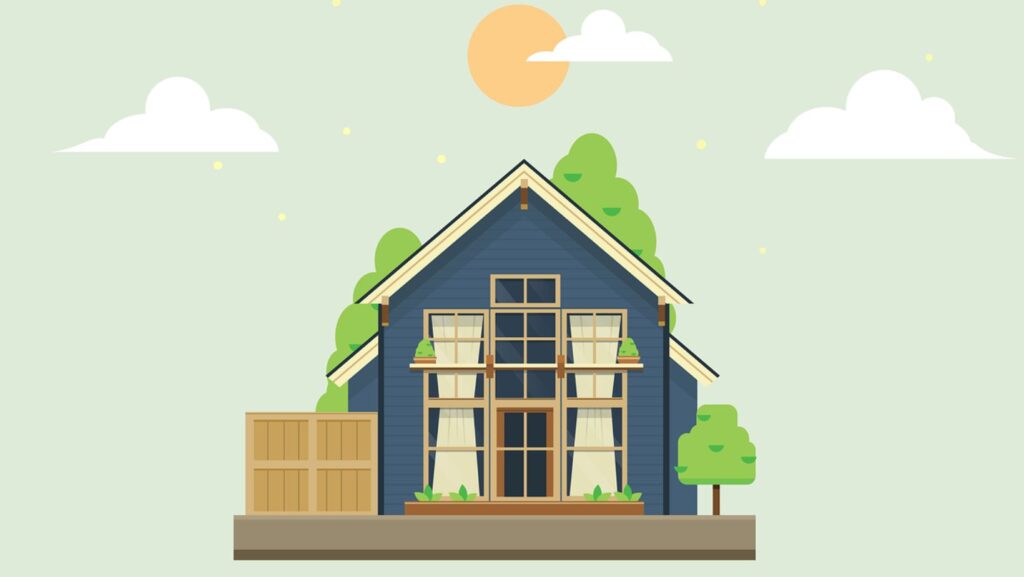Eco-friendly homes aren’t just about reducing energy bills. They’re reshaping how we live by blending sustainability with everyday convenience. This shift didn’t happen overnight. It grew from a growing awareness of environmental impact and the need for smarter living spaces.
Today’s trends, like solar panel roofs and smart thermostats (to name a few), keep rising in popularity. They cut down your carbon footprint, help you save money long-term, and make life more comfortable. However, upfront costs can be high, and finding skilled labor isn’t always easy. Not to mention the maintenance costs and efforts.
So, are these trends reliable? Will we still use solar energy and smart technology several decades into the future? In today’s article, we will discuss what’s driving these trends and whether or not they have a future.
Smart Technology and Its Role in Eco-Friendly Living
Smart home technology has become a cornerstone in eco-friendly living. Smart thermostats, lighting systems, and voice-activated assistants are only some of the advanced technologies available today that help reduce utility and energy bills while making your home feel cozy.
Still, there’s one huge hindrance: initial costs. You may need an initial investment of $10,000 to $30,000. This includes energy-efficient appliances, solar panels, smart tech installations, and sustainable materials.
But if you have the initial investment, you’ll reap the rewards through lower bills for years to come while reducing your home’s carbon footprint. Overall, integrating smart technology in modern homes is a trend that will only gain momentum as prices drop.
Waste Reduction Strategies for a Greener Household
Food, water, and energy are usually the most wasted resources in a home. Smart technology can help keep energy waste under control, but you may need more traditional ways for food and water.
Food Waste
According to the Natural Resources Defense Council (NRDC), an average American household wastes approximately 250 pounds of food each year. This means that around 40% of all food in the U.S. goes uneaten.
Many shoppers buy more than they can consume due to a lack of planning or being tempted by bulk discounts. To avoid this, more people are now trying meal planning, where they have a clear plan of what and how much they want to eat in a given period (usually a week).
You can use meal-planning apps or keep it old-school with pen-and-paper lists. There is also the option of subscribing to a ready-made meal delivery service like Factor.
This way, you reduce the time spent planning, shopping, and cooking while reducing waste since all the meals are single-serving. Also, the containers are recyclable, so you don’t have to worry about packaging either.
The downside to such a service is the price, which is a bit steeper than if you would do everything yourself. Still, you can easily solve this problem with a Factor discount code, which helps even out the costs.
Water Waste
An average American household wastes nearly 10,000 gallons of water annually due to leaks alone. This equates to the amount needed for about 270 loads of laundry.
The U.S. Environmental Protection Agency (EPA) estimates that fixing easily correctable leaks could save homeowners around 10% on their water bills, highlighting the importance of addressing wasteful practices and systems at home.
But this is only the beginning. Here are a few more ideas on how to reduce water consumption and keep your money in your pocket:
- Leak Detection Sensors: These are sensors in plumbing systems that alert you about leaks immediately.
- Low-Flow Fixtures: Low-flow showerheads and faucets help minimize water usage without sacrificing performance.
- Tankless Water Heaters: Save energy and reduce standby heat loss by only heating water as needed rather than storing hot water constantly.
- Rainwater Collection Systems: Collect rainwater for use in gardens or non-potable applications around the home.
Wrap Up
Eco-friendly living continues to evolve, driven by technological innovations and a growing commitment to sustainability. So, the answer is yes; these trends are here to stay. With each step toward reducing waste and conserving resources, we’re crafting a future where eco-conscious choices become the norm rather than the exception.




More Stories
Getting a Quartz Bathroom Vanity: 6 Tips on Choosing a Shop
How to Set Up a Fun and Safe Playground for Your Backyard
Make Your Hearth A Stunning Centerpiece With A Stone Veneer Fireplace Remodel